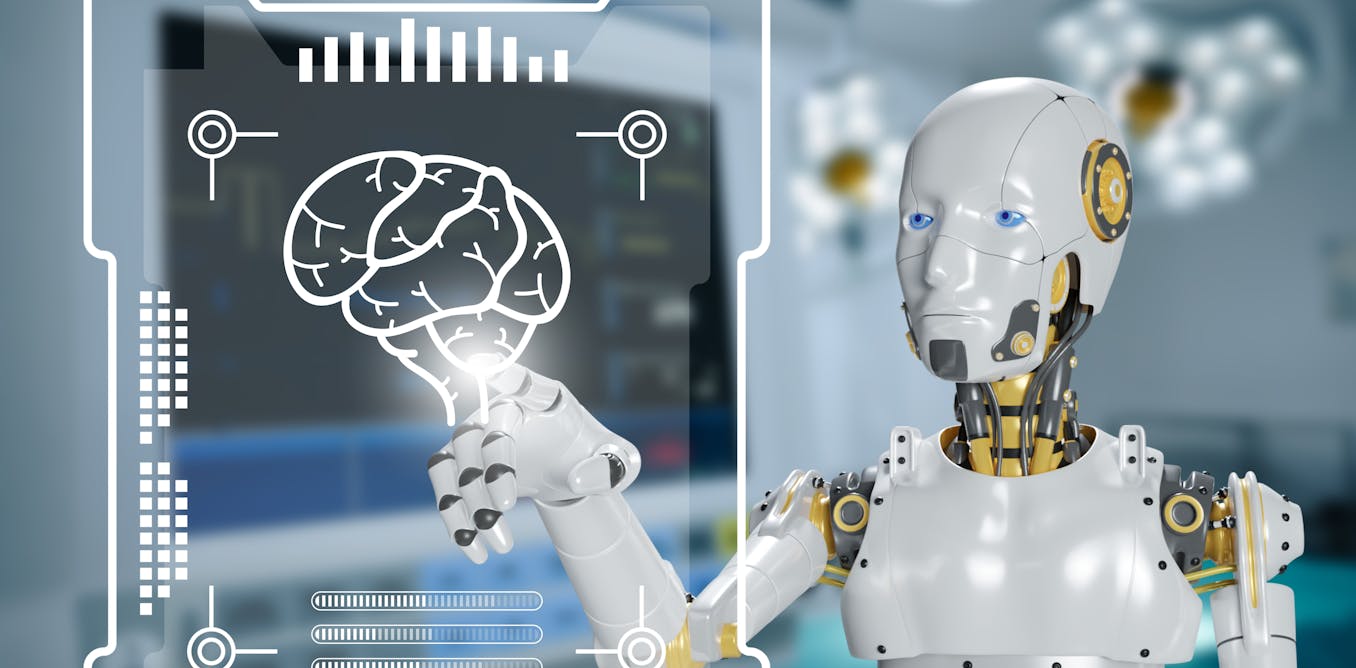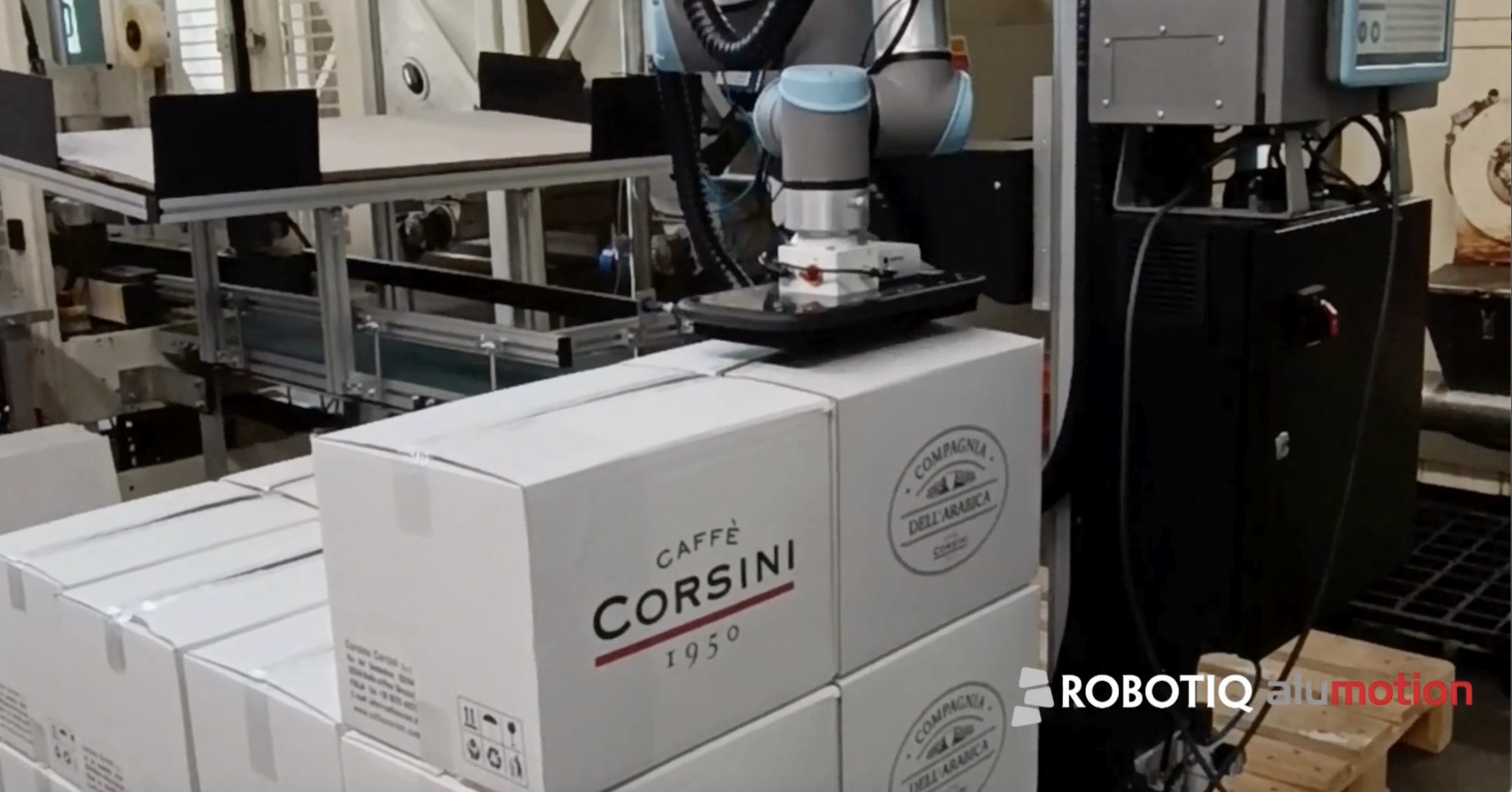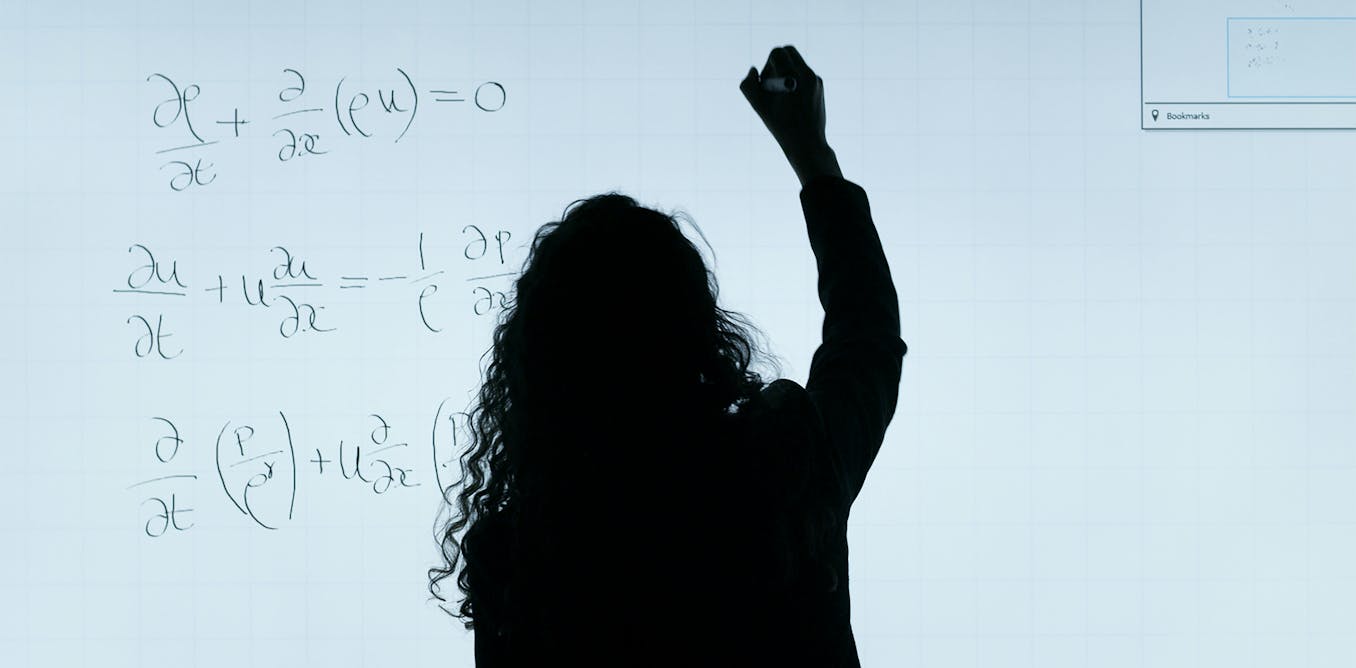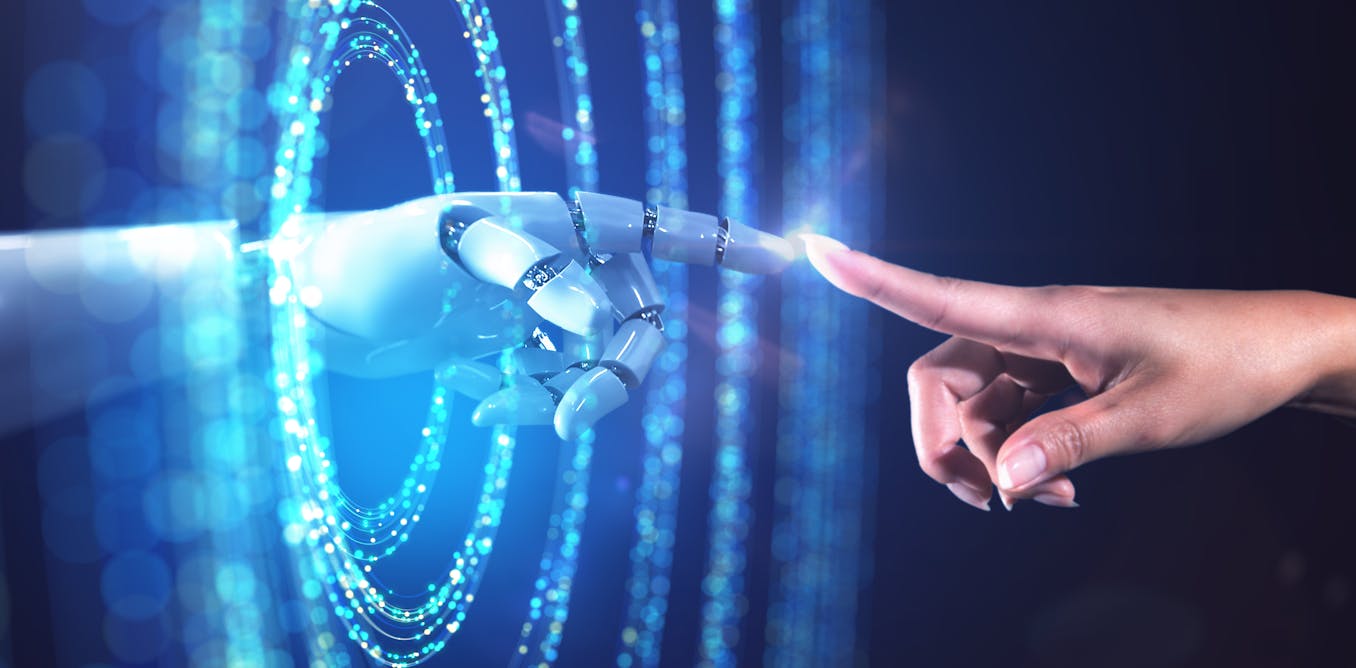LK99 Is BACK! Researchers FINALLY DID IT! (LK99 Superconductor UPDATE!)
Superconductors have long been considered a holy grail of modern physics, promising to revolutionize technology and our understanding of science. The recent resurgence in interest in the superconductor LK99 has sparked excitement and controversy in the scientific community. Initially claiming to be a room temperature superconductor, LK99 faced scrutiny and skepticism due to the lack of peer-reviewed research and conflicting replication attempts.
However, a recent paper titled “Possible Meissner Effect Near Room Temperature in Copper-Substituted Lead Apatite” has reignited the debate. The researchers observed intriguing magnetic behaviors in LK99 at temperatures below room temperature, suggesting possible superconducting properties. Repelling a magnetic field at lower temperatures and attracting it at higher temperatures, along with a unique memory effect, were key findings that hinted at the presence of the Meissner effect, a hallmark of superconductivity.
While the study has been met with both excitement and skepticism, it opens the door to further research and exploration into the potential of LK99 as a room temperature superconductor. The debate continues, but one thing is certain – the world of superconductors is on the brink of groundbreaking discoveries.
Watch the video by TheAIGRID
Video Transcript
Today we’re revisiting the world of superconductors with a thrilling update on lk99 after previous uncertainties groundbreaking new research has brought lk99 back into the spotlight we’re diving into the latest findings that suggest lk99 a copper substituted lead appetite might actually exhibit The elusive meiser effect at near room temperatures this discovery could
Revolutionize our understanding of superconductors so buckle up as we explore how lk99 is challenging the boundaries of modern physics and potentially opening doors to technological advancements we’ve only dreamed of so what was lk99 and why was there such a controversy surrounding the initial claims the controversy surrounding lk99 revolves around the
Initial claims that it was a room temperature superconductor these claims were met with a mix of excitement and skepticism in the scientific Community due to the potential implications of such a discovery however subsequent attempts to replicate the experiment yielded mixed results with some researchers reporting similar findings While others failed to
Reproduce the claimed superconducting State a significant part of the controversy stems from the fact that the initial claims about lk99 were published on a pre-print server where papers have not undergone peer review this led to a wave of attempts to replicate the findings some of which were even live
Streamed on social media platforms however a body of evidence has since accumulated that contradicts the initial claims about lk99 several research groups have released studies that counter the original claims with some suggesting that any apparent superconducting properties were likely due to impurities in the samples the University of Maryland’s condensed matter Theory
Center for instance stated that lk99 is not a superconductor even at room temperatures and described it as a highly resistive poor quality material another study pointed out that an impurity in the initial lk99 samples cupris sulfide could explain some of the observed property despite these counter claims some researchers caution against fully
Dismissing the original claims as impurities and optimization of factors like composition or firing time may still reveal super conducting properties however the consensus among experts is that lk99 is not a superconductor at least that was until recently when this new paper was published the paper is titled possible Meer effect near room
Temperature in Copper substituted lead appetite in the abstract the researchers discussed their observations on lk99 a copper substituted lead appetite they found that at temperatures below room temperature lk99 shows properties of a superconductor specifically under a 25 OE magnetic field it exhibits diamagnetic Behavior repelling the magnetic field but this changes to
Paramagnetic attracting the magnetic field at 200 OE they also noticed a unique memory effect during cooling importantly they detected Hyster Paris Loops below 250k suggesting the presence of the Meer effect a Hallmark of super conductivity in this material then we have this section and this part of the paper
Explains that for a material to be considered a superconductor it must show the Meer effect which is perfect diamagnetism this involves specific behaviors in magnetic field and temperature tests lk99 a type of copper substituted lead appetite is a potential room temperature superconductor but previous studies haven’t fully demonstrated this
Effect the paper details the creation of modified lk99 samples to avoid unwanted magnetic properties and describes the precise steps taken in their experimentation to observe these superconducting properties so now let’s take a look at the rest of the paper to see what actually happened and after
That we will take a look at what others are saying about this research the researchers were studying how a certain material reacts to magnetic fields at different temperatures they did this by measuring how the material’s magnetism changed under two different strengths of magnetic fields light and moderate and at various temperatures ranging from
Cold 100 Kelvin to warm 300 Kelvin findings from the magnetism tests when exposed to a light magnetic field the material generally repelled the magnetic field a property known as diamagnetism under a slightly stronger magnetic field the material started showing attraction to the magnetic field known as paramagnetism this switch happened
Around a specific magnetic field strength giving them a clue about the material’s magnetic properties they noticed that at around 173 de 100 Kelvin the material remembered the magnetic field it was exposed to earlier showing a memory effect another important observation was made around 23 deesa 250 Kelvin which
They think could be related to the temperature at which the material becomes super conducting conducts electricity without resistance magnetis ation patterns observed the researchers also observed how the magnetism changed when they increased and then decreased the magnetic field strength they found that the material’s response to the magnetic field was different at higher
Temperatures compared to lower ones they noted some irregularities in how the material reacted to the magnetic field which might be due to the material’s internal structure remembering the previous magnetic field it was exposed to initial magnetism observations when they first applied a magnetic field the material showed a negative response
Repelling the field under a very light magnetic field which was unusual at room temperature they noticed that the material’s magnetic response changed at a certain point when they varied the magnetic field strength suggesting complex magnetic Behavior examining the material structure they used a technique called x-ray defraction to study the material
Structure they found it mostly matched a known structure appetite but with some minor difference possibly due to impurities in the material overall conclusion the Research indicates that the material has interesting magnetic properties including potential super conductivity zero electrical resistance up to 23° C however the effect they observed was
Very weak so they need to do more work to make a material that shows these properties more clearly now let’s take a look at some of the discussion surrounding this announcement on Twitter professor of inorganic and materials chemistry at UCL Robert palgrave resses skepticism about the creation and characterization of a sulfo appetite
Material described in a study here’s a summary of his key points questioning the synthesis method palgrave starts by examining the synthesis process of the Sulu appetite the method involves using a mixture of phosphate and Lead sulfide but he notes uncertainty in the exact composition particularly regarding the source of copper concerns with synthesis
Conditions he points out that the hydrothermal method used a essentially a high pressure cooking process is unconventional for creating sulfo appetites specifically heating under pure oxygen at 500° C’s could easily oxidize the sulfide Anon to sulfur dioxide which deviates from other known synthesis methods for similar compounds analysis of characterization
Techniques palgrave comments on the use of powder x-ray defraction xrd for characterizing the material he observes that the xrd pattern fits almost perfectly with the expected structure but he is concerned about the lack of detail in the presentation such as whether background subtraction was done in the xrd analysis lack of compositional analysis
A significant issue he raises is the absence of compositional analysis in the study he stresses that while guesses can be made about the presence of sulfur from the xrd data more definitive techniques should have been employed to confirm its presence overall skepticism palgrave concludes by expressing doubt about whether whether the researchers
Have successfully made the sulop poate As claimed while he acknowledges the idea behind the study is interesting he emphasizes that the execution and evidence are lacking particularly in terms of detailed characterization and verification of the material’s composition in summary palgrave is critical of both the synthesis approach and the lack of thorough
Characterization in the study leaving him unconvinced about the successful creation of the sulfo appetite material as described Christian Kyle chief of staff at astranis space technology said lk99 season 2 update a researcher behind the new potential room temperature superconductor just gave a new interview highlights they have only synthesized a
Few hundred nanometers of the new material so far they recognize the limitations of their data to draw a final conclusion and they are continuing to be careful just calling it data that potentially indicates super cond conductivity they believed they have fully ruled out pherom magnetism as a potential explanation of their
Results the next step is to get up to micrometer scale or larger in their synthesis to give them more to test after they do they will continue testing with the other more normal tests of superconductivity common ways to verify superc conductivity include four probe DC resistance measurement vibrating sample magnetometer for Meer effect
Specific heat jumps Jo S effect scanning tunneling microscopy and photoemission spectroscopy so what’s next for lk99 well the original lk99 South Korean researchers will present March 4 2024 at APS March meeting 2024
Video “LK99 Is BACK! Researchers FINALLY DID IT! (LK99 Superconductor UPDATE!)” was uploaded on 01/05/2024 to Youtube Channel TheAIGRID

























